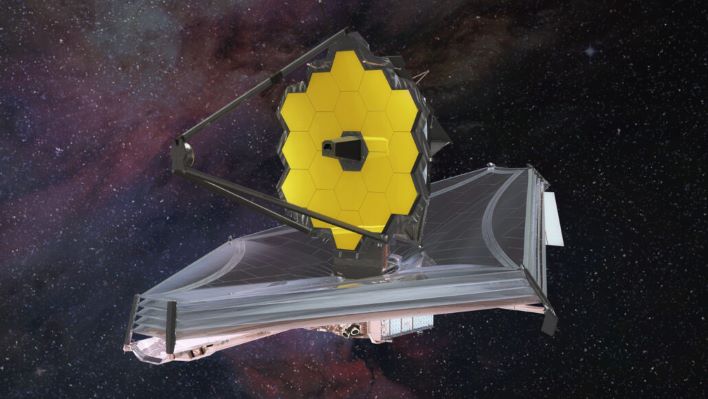Forget Cats And Dogs, NASA's Webb Telescope Found A Planet Where It Rains Sand
JWST has brought us many wonderous observations of objects from the farther reaches of the universe, as well as other celestial objects closer to Earth. Recently, data from an object discovered in 2017 caught the attention of a group of European astronomers based at the KU Leuven Institute of Astronomy in Belgium.
Located some 212 light-years away from us, WASP-107b—an exoplanet previously known for its "puffy" appearance—has been found to actually have sand as part of its cloud system, among other things. The team thinks that the sand cloud atmosphere forms the same way as water vapor-based clouds here on Earth. When sand rain droplets fall towards the surface, the planet's hot layers evaporate the droplets into silicate vapor, and then recondense into clouds to repeat the cycle. Yes, consider our minds blown.
What's more, WASP-107b also contains sulfur dioxide (which is similar to the smell of rotten eggs or a struck match) and water vapor. While it's too early to tell how the water vapor factors into the overall atmospheric cycle versus sand, the significant presence of sulfur dioxide could indicate that there might be a water-sulfuric acid evaporative cycle occurring on WASP-107b.
The "puffy" exoplanet is called as such because of its low density. It is roughly the size of Jupiter with merely 12 percent of its mass. WASP-107b orbits its sun (that is slightly smaller and cooler than our own) once every 5.7 days and surface temperatures exceeding 900 degrees Fahrenheit.


